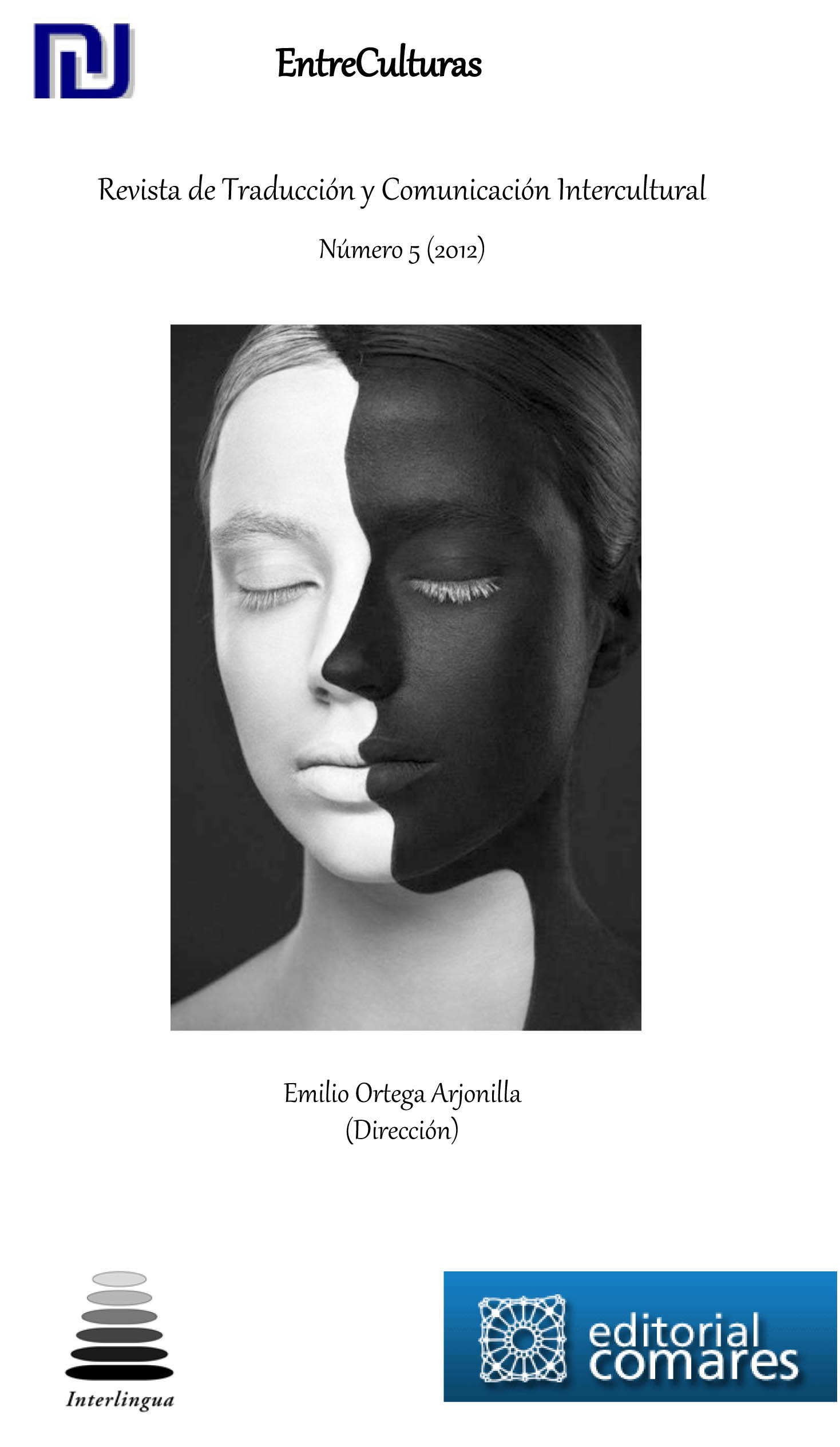LA MÚSICA COMO LENGUAJE Y MEDIO DE COMUNICACIÓN. ECOS DEL LEJANO ORIENTE EN LA VANGUARDIA MUSICAL ORIENTALISMO Y JAPONISMO MUSICAL
DOI:
https://doi.org/10.24310/Entreculturasertci.vi6.11544Keywords:
Communication, Expression, Evocation, Music, Orientalism, JaponismoAbstract
Music is a language across which human being can communicate and express. Sounds create a few harmonic structures to express ideas, feelings and generated images. At the end of the 19th century and beginning of the 20th century, the development of colonialism provokes the knowledge of the distant cultures. Cultural relations East-West will remain manifest, specially, in Art and Music.
Downloads
Metrics
References
?ALMAZÁN TOMÁS, D. (1996-1997): "Japón y el Japonismo en La Ilustración Artística. Resumen de la Tesis de Licenciatura" en Artigrama nº 12, Revista del Dpto. de Historia del Arte de la Universidad de Zaragoza, Universidad de Zaragoza, Prensas Universitarias.
— (2000): "Japón y el Japonismo en las revistas ilustradas españolas (1870-1935). Resumen de Tesis Doctoral" en Artigrama nº15, Revista del Dpto. de Historia del Arte de la Universidad de Zaragoza, Universidad de Zaragoza, Prensas Universitarias.
ALMAZÁN TOMÁS, D. Y BARLÉS BÁGUENA, E. (1996-1997): "Japón y el Japonismo en La Ilustración Española y Americana" en Artigrama nº 12, Revista del Dpto. de Historia del Arte de la Universidad de Zaragoza, Universidad de Zaragoza, Prensas Universitarias.
BARLÉS, E. (2003): "Luces y sombras en la historiografía del arte japonés en España" en Artigrama nº 18. Revista del Dpto. de Historia del Arte de la Universidad de Zaragoza, Universidad de Zaragoza, Prensas Universitarias.
BARTHES, R. (1990): El imperio de los signos, Madrid. Mondadori.
BEASLEY, W.G. (1995): Historia contemporánea de Japón, Madrid, Alianza Editorial.
BENEDICT, R. (2003): El Crisantemo y la Espada. Patrones de la cultura japonesa, Madrid, Alianza Editorial.
BLANCO FREIJEIRO, A. (1989): El Arte Egipcio, Historia 16 (Historia del Arte; 1 y 2).
FAHR-BECKER, G. (1994): Grabados japoneses, Köln. Benedikt Taschen.
OCILLON, H. (1923): "L'estampe japonais et le peinture en Occident dans la 2ème moitié du XIX siècle", Actes du Congrès International d'Histoire de L'Art, París.
GARCIA GUTIERREZ, F. (1972): El Arte del Japón, Madrid, Espasa-Calpe, Col. "Summa Artis, Historia General del Arte", v. XXI.
— (1990): Japón y Occidente. Influencias recíprocas en el Arte, Sevilla, Ediciones Guadalquivir.
GIEDION, S. (1981): El presente eterno. Los comienzos de la arquitectura, Madrid, Alianza, Alianza Forma.
GUERVILLE, A.B. DE (1904): Au Japon, Paris, Alphonse Lemerre, Editeur LOTI, P. (1931): Madama Crisantemo, Barcelona, Editorial Cervantes.
MANNICHE, L. (1997): El arte egipcio, Madrid, Alianza, Alianza Forma.
SALAZAR, A. (1991): La música en la sociedad europea. El siglo XIX hasta la época contemporánea, Madrid, Alianza Editorial, Col.Alianza Música.
SALVETTI, G. (1986): Historia de la Música. El siglo XX, vol I, Turner Música, nº 10.
SCHOLES, P.A. (1984): Diccionario Oxford de la Música, Tomos I y II, Buenos Aires, Edhasa/Hermes/Sudamericana.
STANLEY-BAKER, J. (2000): Arte japonés, London, Ediciones Destino, nº61.
Downloads
Published
How to Cite
Issue
Section
License
All contents published in Entre culturas. Revista de traducción y comunicación intercultural are protected under the Creative Commons Attribution-NonCommercial-ShareAlike 4.0 International (CC BY-NC-SA 4.0) license. All about this license is available in the following link: <http://creativecommons.org/licenses/by-nc-sa/4.0>
Users can copy, use, redistribute, share and exhibit publicly as long as:
- The original source and authorship of the material are cited (Journal, Publisher and URL of the work).
- It is not used for comercial purposes.
- The existence of the license and its especifications are mentioned.
There are two sets of authors’ rights: moral and property rights. Moral rights are perpetual prerogatives, unrenounceable, not-transferable, unalienable, imprescriptible and inembargable. According to authors’ rights legislation, Entreculturas. Revista de traducción y comunicación intercultural recognizes and respects authors moral rights, as well as the ownership of property rights, which will be transferred to University of Malaga in open access. The property rights are referred to the benefits that are gained by the use or the dissemination of works. Entreculturas. Revista de traducción y comunicación intercultural is published in an open access form and it is exclusively licenced by any means for doing or authorising distribution, dissemination, reproduction, , adaptation, translation or arrangement of works.
Authors are responsable for obtaining the necessary permission to use copyrighted images.





7.png)
